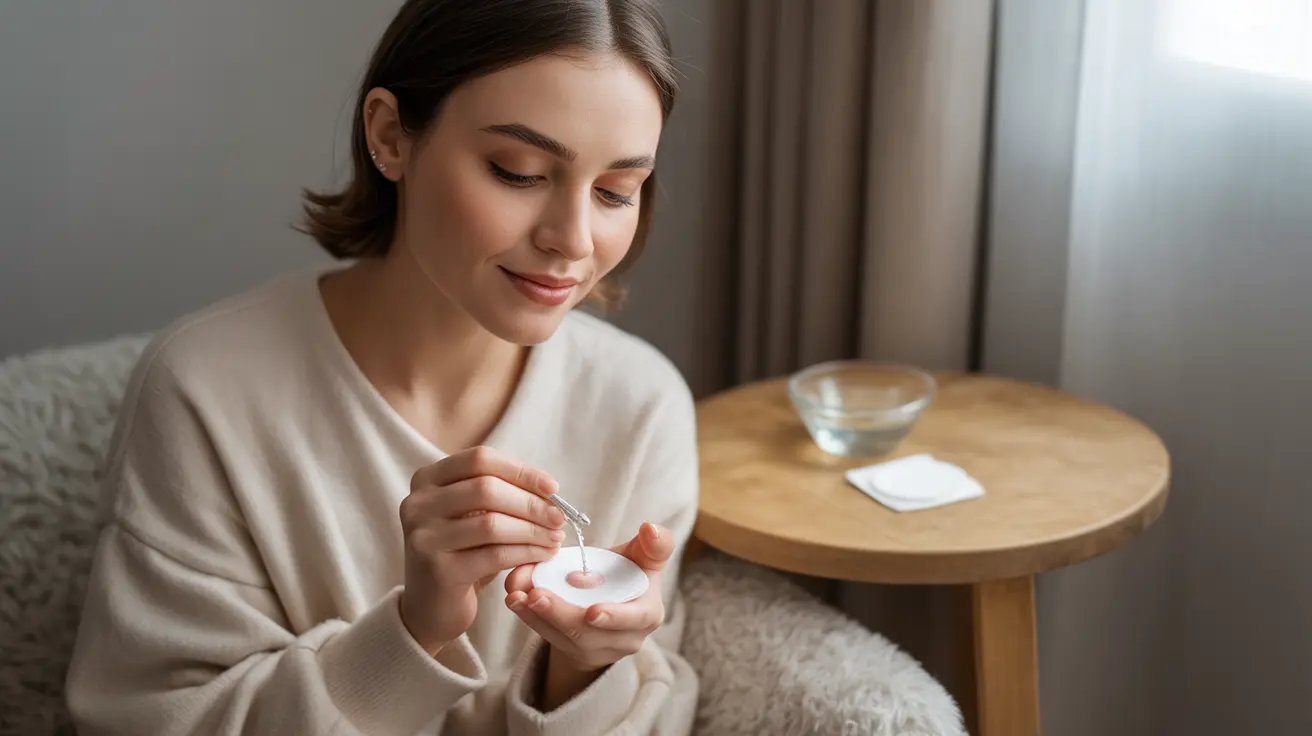Getting a nipple piercing is a significant decision that requires careful consideration, especially regarding the pain and healing process. While the experience varies from person to person, understanding what to expect and how to manage discomfort can help you make an informed choice and ensure proper healing.
This comprehensive guide will walk you through everything you need to know about nipple piercing pain, from the initial procedure to long-term care and potential complications.
The Initial Piercing Experience
The actual piercing process typically takes just a few seconds, but the sensation can be quite intense. Most people describe it as a sharp, burning pain that peaks during the needle insertion and jewelry placement. This acute pain usually subsides within minutes, transitioning to a duller, throbbing sensation.
Factors That Influence Pain Levels
Several factors can affect how much pain you experience during and after getting your nipples pierced:
- Individual pain tolerance
- Nipple sensitivity and anatomy
- Experience level of the piercer
- Time of your menstrual cycle (for those who menstruate)
- The gauge and type of jewelry used
- Overall stress and anxiety levels
The Healing Timeline
The healing journey after a nipple piercing involves different types of discomfort at various stages:
First 24-48 Hours
Expect intense sensitivity, throbbing, and occasional sharp pains. The area will likely feel warm and look slightly swollen.
First Week
Moderate to mild pain continues, with increased sensitivity to movement and pressure. Some bleeding or clear discharge is normal.
Weeks 2-4
Pain levels typically decrease significantly, though occasional discomfort may occur, especially during cleaning or if the jewelry gets caught on clothing.
Long-term Healing
Complete healing can take 6-12 months. Minimal pain should occur after the first month unless there's irritation or infection.
Managing Pain and Promoting Healing
To minimize discomfort and support proper healing:
- Wear loose-fitting, soft cotton clothing
- Use saline solution for cleaning
- Avoid touching the piercing with unwashed hands
- Don't rotate or play with the jewelry
- Keep the area dry after showering
- Avoid swimming pools and hot tubs during initial healing
Warning Signs of Complications
While some pain is normal, certain symptoms warrant immediate attention:
- Severe or increasing pain after the first few days
- Thick, colored discharge
- Fever or chills
- Excessive swelling or redness
- Hot or burning sensation around the piercing
- Jewelry becoming embedded
Frequently Asked Questions
How long does nipple piercing pain typically last and what does it feel like?
The initial sharp pain lasts only seconds during the procedure. Afterward, expect throbbing and sensitivity for 1-2 weeks, with decreasing intensity. Most people report minimal pain after 3-4 weeks, though complete healing takes 6-12 months.
What factors affect the level of pain experienced during and after a nipple piercing?
Pain levels are influenced by individual pain tolerance, piercer expertise, jewelry type and size, hormonal factors, and overall health status. Stress and anxiety can also increase pain sensitivity during the procedure.
What are the signs of infection or complications if nipple piercing pain continues or worsens?
Watch for severe or increasing pain, thick colored discharge, fever, excessive swelling, warmth around the piercing site, and jewelry becoming embedded. These symptoms require immediate medical attention.
How can I reduce nipple piercing pain and promote healing after getting pierced?
Use saline solutions for cleaning, wear loose cotton clothing, avoid touching the piercing, and maintain good hygiene. Over-the-counter pain relievers can help manage initial discomfort.
What are the best aftercare practices to avoid pain and infection in nipple piercings?
Clean the piercing 2-3 times daily with sterile saline solution, avoid harsh soaps, keep the area dry after cleaning, don't rotate the jewelry, and avoid swimming or soaking in water during initial healing.




